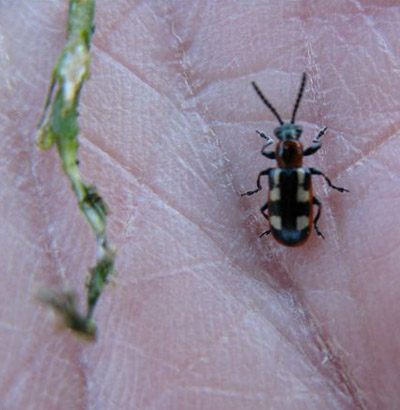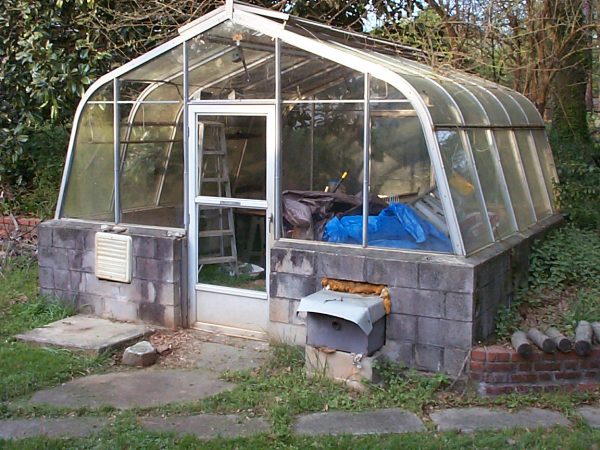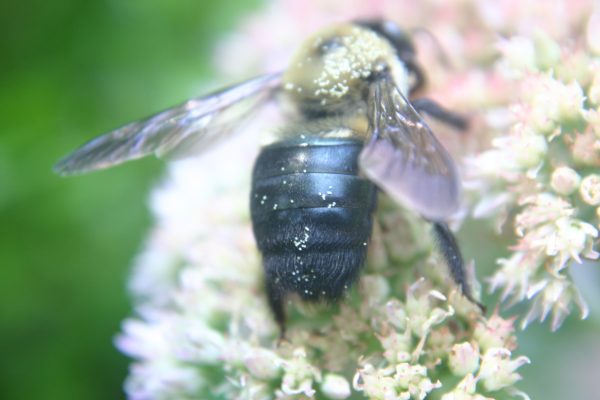Lawn – Failure to Green Up
Q: We had freezing weather after my zoysiagrass had started greening up. It turned brown afterward and now, three weeks later, it has little greenery showing. What should I do now?
A: Warm temperatures in March can make warm-season grasses (e.g. bermudagrass, centipedegrass, St. Augustinegrass, and zoysiagrass) green up early. This process consumes stored carbohydrates. Cool temperatures and frost during the first few weeks of April will slow the growth of these species and cause them to turn brown again.
Usually the carbohydrate supply has been diminished but not depleted, so they will green-up again once temperatures are warm enough. Typically established lawns will turn green slowly, because of reduced reserves, and growth will be slow until each plant can begin making its own food. Fertilization will not speed recovery.
Some turfgrass loss may be experienced. For warm-season grass sod planted in a dormant state since fall, there is a greater likelihood of loss. These plants have yet to develop the root system and stored reserves to make it through the wild temperature swings some springs bring.
Keep an eye on your lawn until mid-May. If it is dead then, you’ll have to replace it.
















